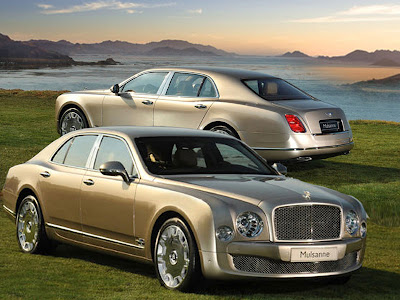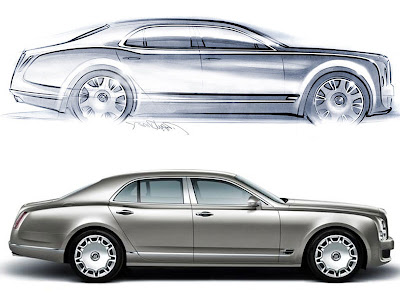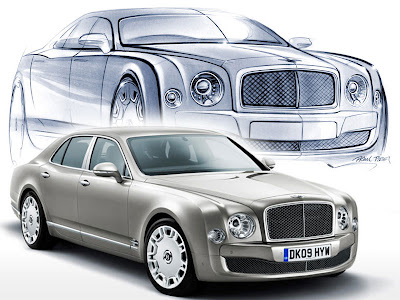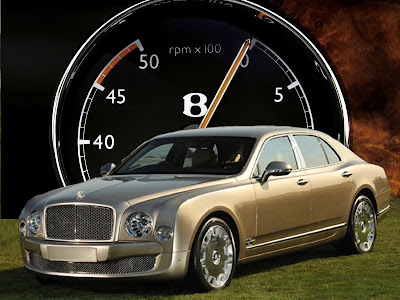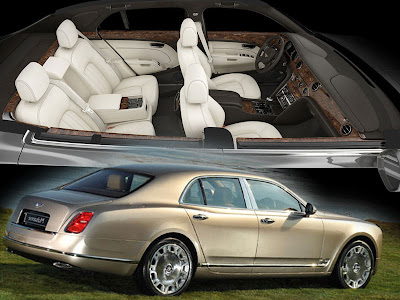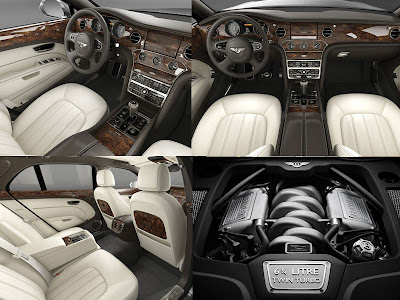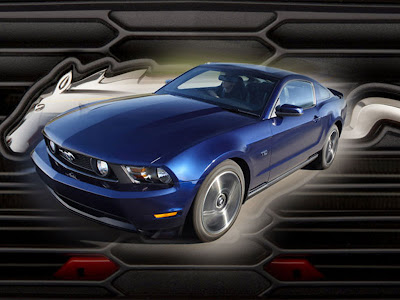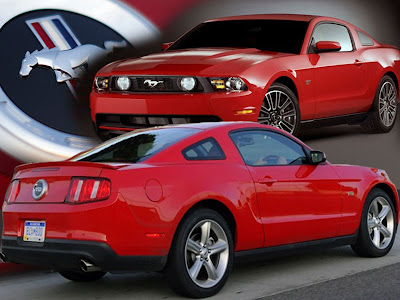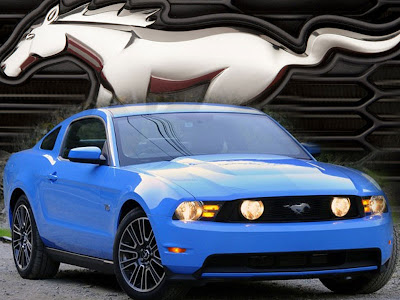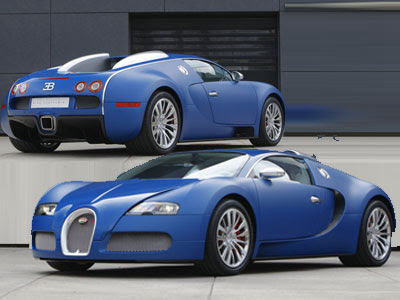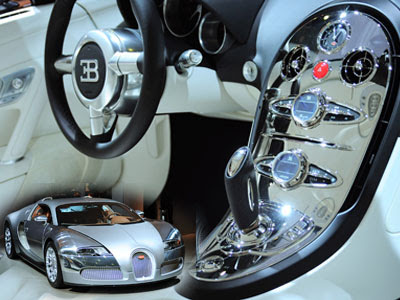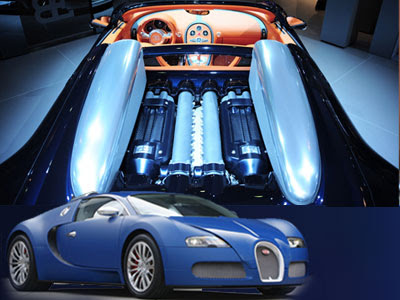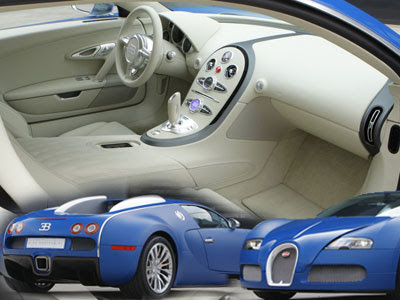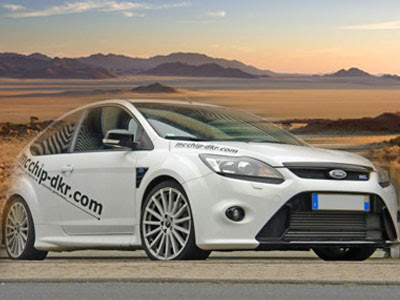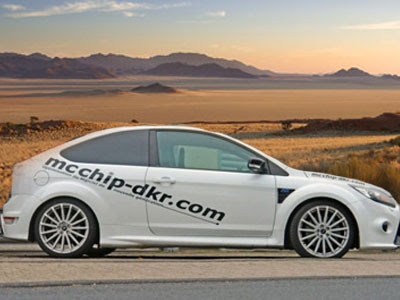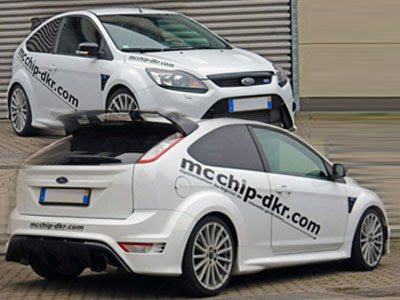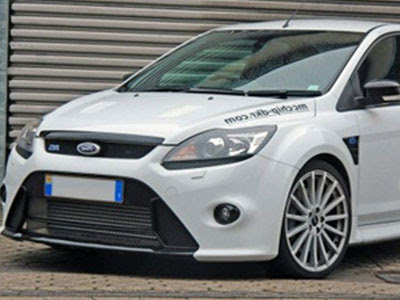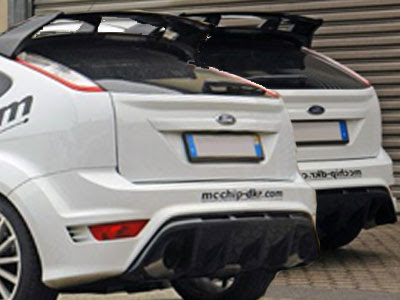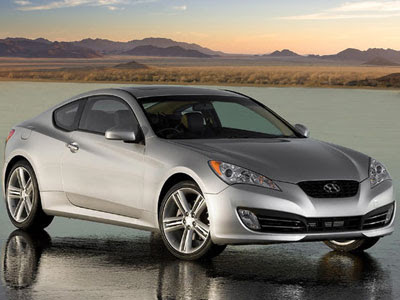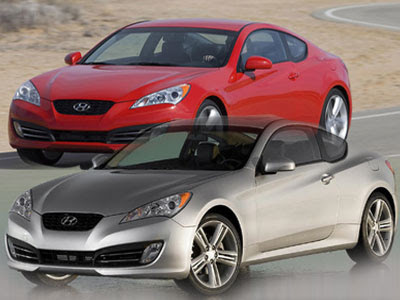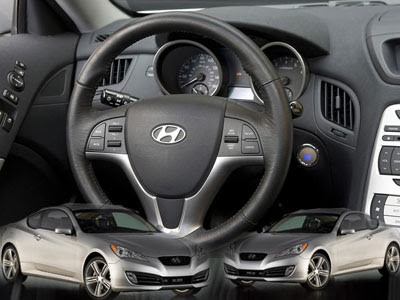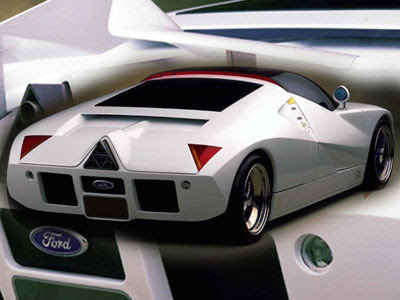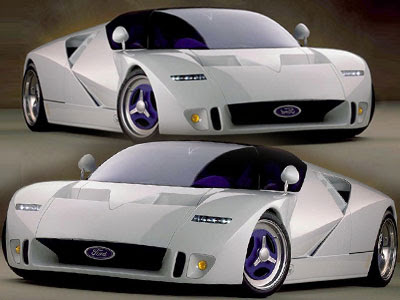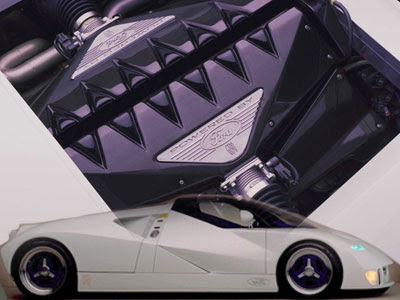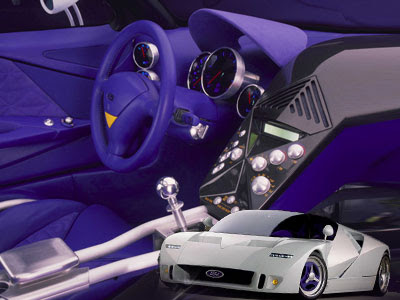
BMW's storied history of building roadsters dates back to the original 328 of the 1930s. However, there have been gaps in the brand's open-top lineage, including one extended stretch through the '60s, '70s and '80s. After a dalliance with the bizarre European market Z1, BMW finally got serious about roadsters again in the '90s with the introduction of the Z3.
Earlier this year, the Munich brand introduced what's essentially the third generation of its modern mainline roadster (discounting the aforementioned low-volume Z1 and the Z8) in the shape of its all-new Z4. Upon its introduction, the esteemed Mr. Harley took our first crack at the new "E89" at its Southern California launch last spring and came away with mixed feelings.
To be fair, whenever an automaker builds a new model, there's always a distinction between what the engineers and designers expect of it and what consumers bank on. There's also a big difference between spending a few hours on a prescribed driving route under controlled conditions versus living with a car as a daily driver for a week or longer. So we wanted to spend time with the Z4 on more familiar turf to see what life is like with BMW's newest roadster.
Aside from the Z4's new styling, the most notable change from the previous "E85" generation is the adoption of a retractable hard top in place of a fabric roof. In general, we're not big fans of hardtop convertibles due to the additional space they consume when folded – not to mention the additional weight they carry around. The new Z4 is about five inches longer overall than the last generation, and most of that length has been added to the rear end to accommodate the tin top.
Fortunately, the staff at BMW's DesignworksUSA studio have done an admirable job of maintaining the classic long-hood, rear cockpit proportions in this new iteration. In general, this new Z4 is a huge aesthetic improvement over its predecessor. Elaborate surface development was the order of the day the last time around, but to many eyes, the Z3's sheetmetal seemed to go every which way without much coherence. This time around, there's a more clearly defined flow to the Z4's curves and creases, with forms over the fenders and flanks evoking muscles stretched over a skeleton.

Much to our chagrin, Michigan's rainy skies afflicted much of our time with the Z4, meaning that we had to keep the roof up. However, this situation did help demonstrate that hard-hatted convertibles do offer a couple of functional advantages over fabric lids. When driven in the rain, the Z4 remained as tight and dry as any coupe with a permanent roof. The slim C-pillars also meant that apart from the headrest on the passenger seat and the fixed roll hoop immediately behind it, rearward visibility was outstanding.
Raising or lowering the roof proved to be as simple as holding down a switch at the leading edge of the center console for about 20 seconds. From outside the car, the stowing process appears decidedly convoluted as the rear deck opens, the rear window lifts up and all the assorted bits and pieces fold themselves away. The complexity of these tops always give us pause as a long-term ownership consideration, but we've yet to see any evidence of reliability issues with this top, so perhaps it's just our inner Luddites that long for the simple manual Z-fold of, say, a Mazda MX-5 Miata.



Our tester was a base sDrive30i, and as an entry-level model, our Bimmer was devoid of many higher-end toys like satellite navigation, which in turn meant that it had no iDrive controller. As much as the latest iteration of this all-in-one GUI controller has been improved, we were actually quite happy to have a driving environment free of such complexities, as going without seems more in keeping with the spirit of a roadster anyhow. Thankfully, in the iDrive's place there's a set of well arrayed and pleasingly straightforward controls.
Front and center in the console is a pleasantly short lever for rowing through the six-speed manual gearbox. Directly in front of the driver is a small, reassuringly thick-rimmed three-spoke wheel. Thankfully, it's not so small that it obscures the large speedometer and tach that dominate the instrument cluster. As with most modern BMWs, between the analog gauges is a red-orange LCD display that displays secondary information like mileage, radio stations and so on. The readout is easily legible except when wearing polarized sunglasses.

Unfortunately, there are two elements of the interior that strike us as decidedly out of place in a car that costs $50,000. Higher trim levels get a better covering on much of the dash panel, but the aluminum-look piece on our car was actually plastic and it wasn't fooling anyone. In an apparent move to placate drink-happy Americans, BMW also has tacked a cupholder onto the passenger side of the transmission tunnel, which just begs to be snapped off by an errant knee. There are a pair of cupholders under the center armrest, but they're too far back to be easily accessed. Tellingly, European models don't even bother with the forward cupholder and if we had our druthers, we wouldn't either.
Beverage gripes aside, there's plenty of good stuff to talk about – particularly the seats. The Z4 may not be a hardcore sports car, but that doesn't mean it shouldn't have excellent chairs, and here the roadster scores a solid ten. The seats don't have a lot of adjustments, but they don't really need it. The side bolsters are ample and firm enough to hold occupants in place during truly spirited driving, yet comfortable enough for long interstate slogs. Those with a long hip-to-knee span often find the lower cushion of many seats only reach mid-thigh. Fortunately, the upgraded seats that come as part of the Sport package in the Z4 have adjustable thigh supports that allow the seat cushion to be extended out closer to the mid-leg joint.


BMW's (labored) sDrive30i appellation denotes the company's normally aspirated 3.0-liter inline six-cylinder engine. While we're just as enamored with roaring V8s as the next guy, there's something simply sublime about a great straight-six, and it's a BMW hallmark. Unlike a V6 of any bank angle, inline sixes are inherently balanced without having to resort to band-aids like balance shafts. While the two turbos on the sDrive35i do an excellent job of inflating the torque curve, the more moderate 220 pound-feet of our un-boosted sDrive30i arrives at an eminently usable 2,600 rpm. That means cruising around town is a smooth and effortless process that doesn't require drawing excessive attention to one's self by revving out the engine all the time. That is, unless you want to – in which case the six will happily spin up to nearly 7,000 rpm all day long.
In urban traffic or on the freeway, the Z4 is a happy cruiser. With the top up, it's also a remarkably quiet place for a road trip, although you can still can still hear the pleasant engine note coming through. It's not the glorious wail of a high strung race engine, but it does have a mechanical sound that evokes precision machined internals. With the top down and the side glass up, buffeting is surprisingly subdued – even without any sort of wind blocker. For those interested in running the numbers, a normally aspirated Z4 like our tester will scoot to 60 mph in about 5.5 seconds, yet the EPA rates the Z4 at 19 miles per gallon in the city and 28 mpg on the highway regardless of transmission choice. We saw 23 mpg in mixed driving.
If you enjoy listening to something besides the tires thrumming along on the brushed concrete or the air flowing over your head, you may want to consider a serious upgrade to the stereo system. The base entertainment system simply does not have the auditory oomph required to overcome high speed air flow. Even maxed out, the volume was totally inadequate at 70+ mph.




We had an all-too-brief opportunity to sample another Z4 in the vicinity of California's celebrated Mulholland Highway earlier this year, and while our man Harley was right that the Z4 ultimately lacks the knife-edged feel of at least one of its primary competitors, this is still a car with a a very well-balanced chassis. As it approaches its cornering limits, the rear axle will smoothly drift out at least to the limit of what the stability control system will allow. And when the Bimmer's electronic overlords do intrude on the fun, they do so in a very smooth and progressive fashion. Rather than jerking the car back into line, the system simply holds the car at its the maximum allowable slip angle. As the time for directional changes approaches, the steering allows the driver to make adjustments with precision while feeding back information about how close the tires are to their limits.
Back here in the decidedly less glamorous environs of southeast Michigan, the opportunities for that sort of vehicular merriment tend to be more limited. Most of the roads are of the straight and flat variety, and they're often poorly maintained. The patchwork of random materials that make up many of the surfaces may not be good fun for fans of winding roads, but they do provide an ideal over-the-road laboratory for assessing structural rigidity, and they routinely have windshield frames quivering madly. All due credit, then, to BMW engineers, who have managed to create one of the most solid-feeling convertible structures we've ever experienced – the A-pillars exhibited no movement relative to the rest of the body.

Like all hardtop convertibles, the Z4's roof eats up a significant portion of the trunk space when retracted, and what's left is only accessible through a narrow slot. With the top up, the trunk is rated at eight cubic feet and with the roof stowed, the available space shrinks to just five or six cubic feet. Couples planning a road trip are advised to pack very lightly or run with the top up until they get to their destination.
Admittedly, BMW's latest is probably not the best track day companion, but after spending a week with the Z4, it's clear that BMW never intended it to be. Instead, this is a roadster that excels in the everyday world, yet is still one whose limits can be safely explored without fear that it will reach out and bite. Between its friendly power delivery, robust structure and snug-fitting hard-top, the E89 is a legitimate daily driver for virtually any region in the country. Even mounted with proper snow tires it would make a reasonable case for itself in the winter. So while the Z4 may not provide the last word for the weekend brain-bucket and Nomex set, for the average enthusiast it's a genuine pleasure and a worthy addition to BMW's roadster canon.
[Source: Autoblog]

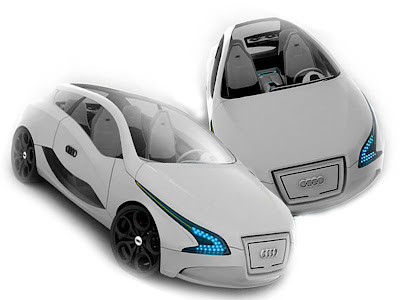


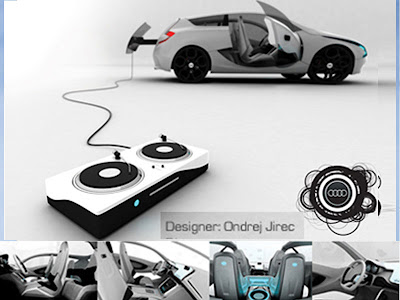 Audi O Sports Car Concept
Audi O Sports Car Concept 

